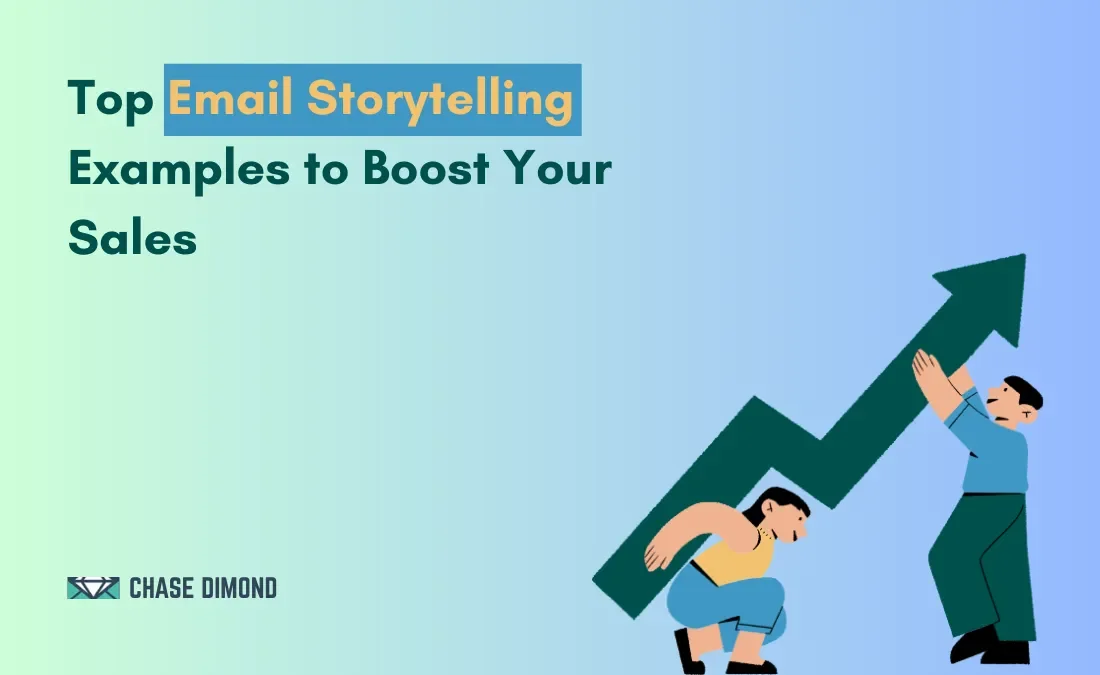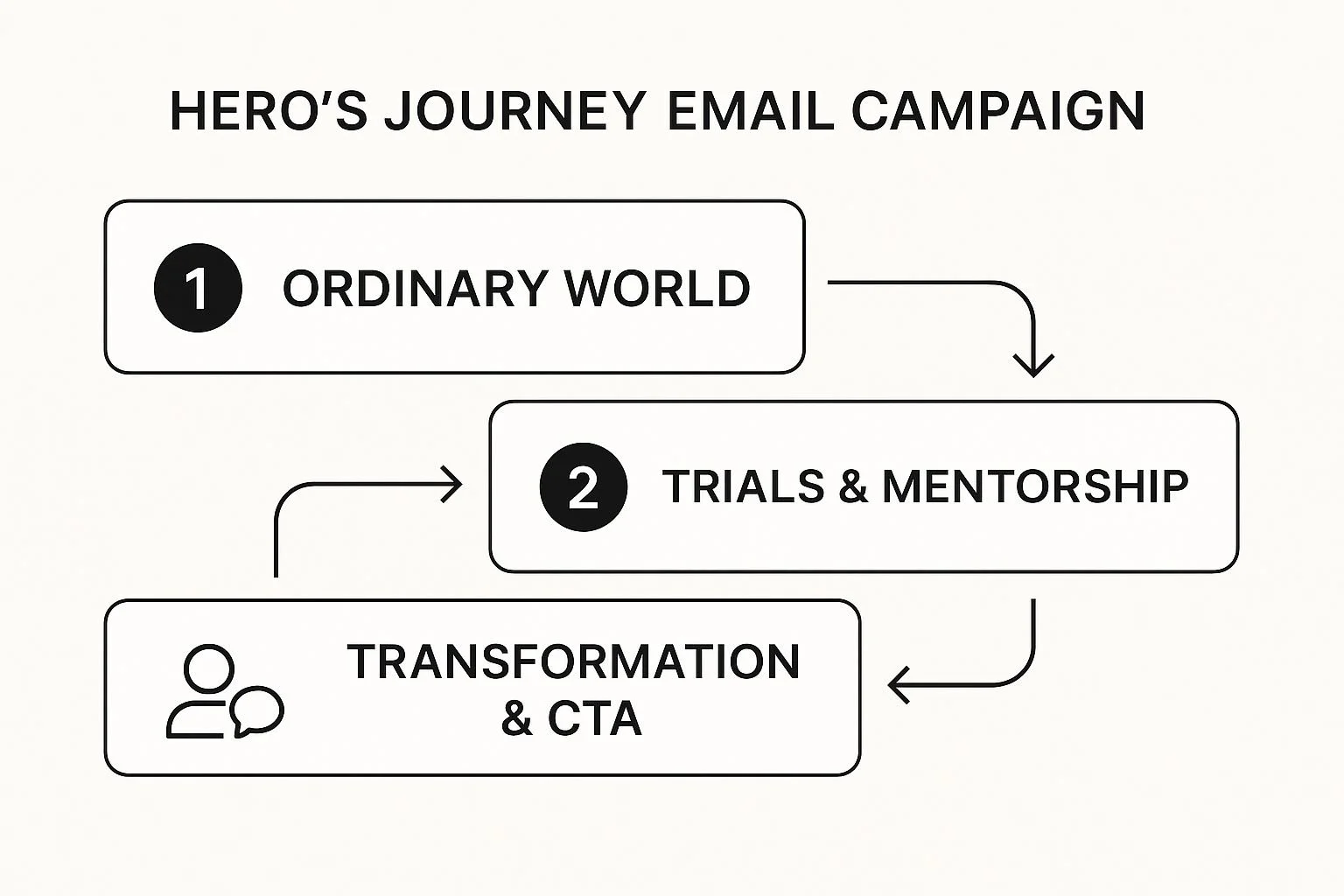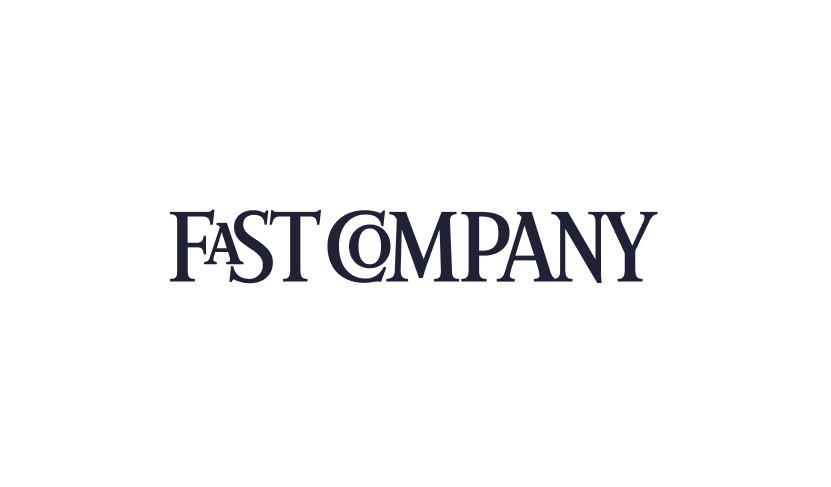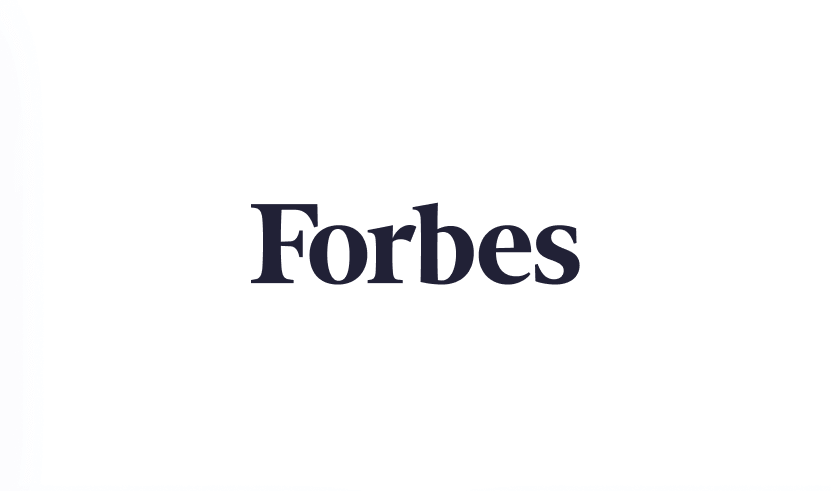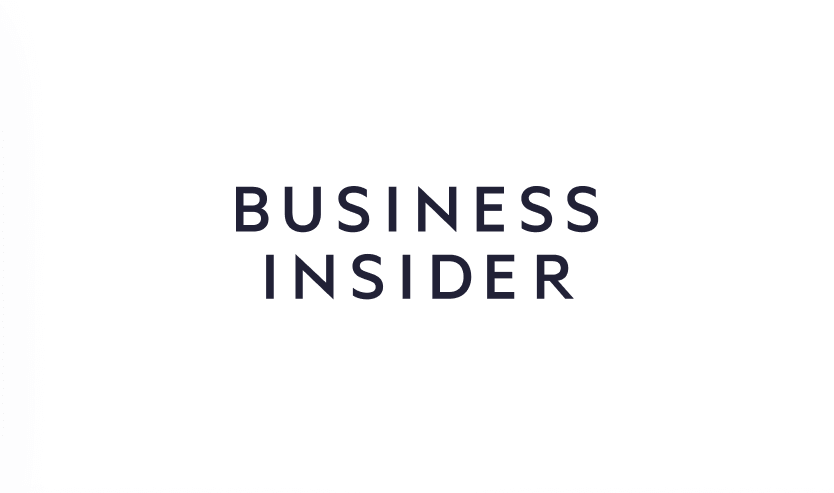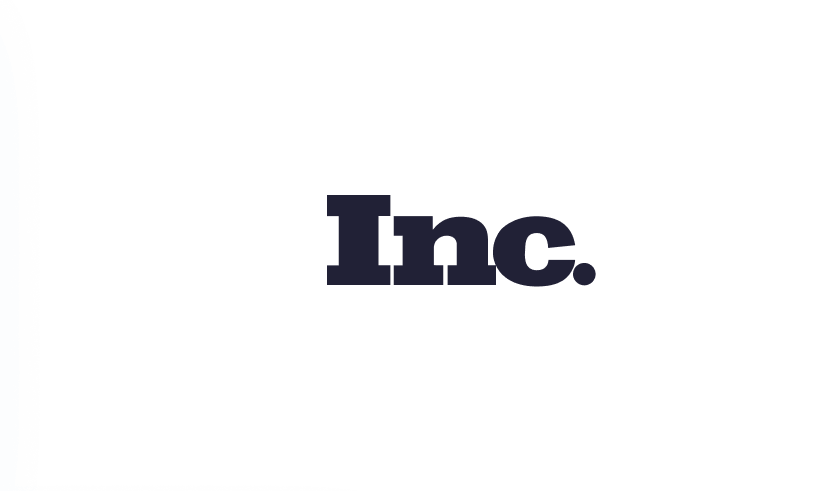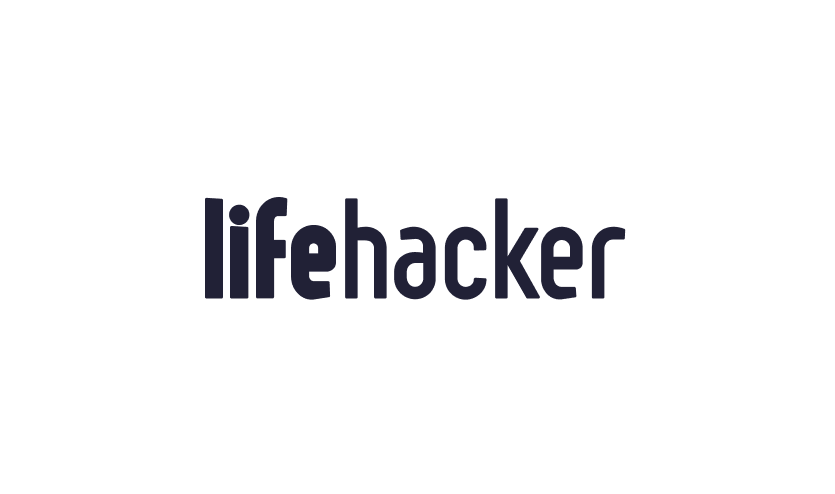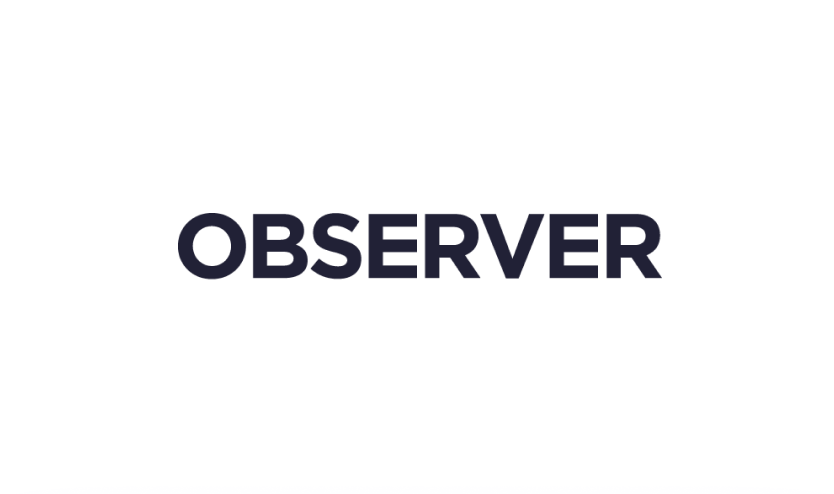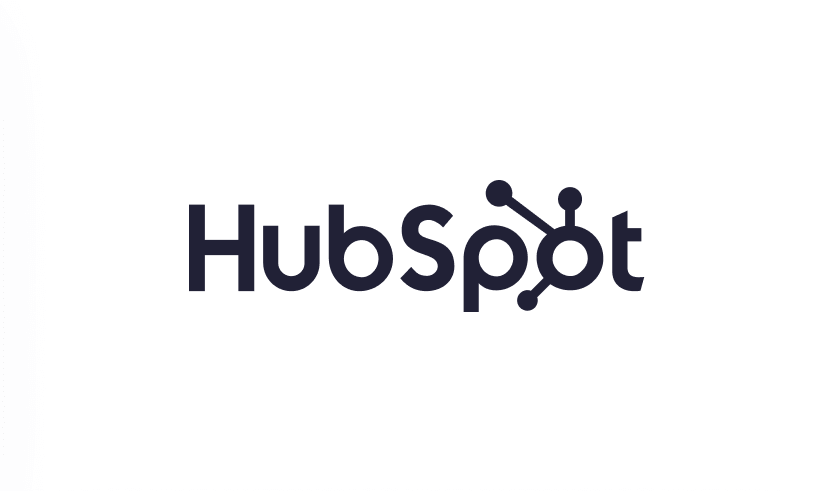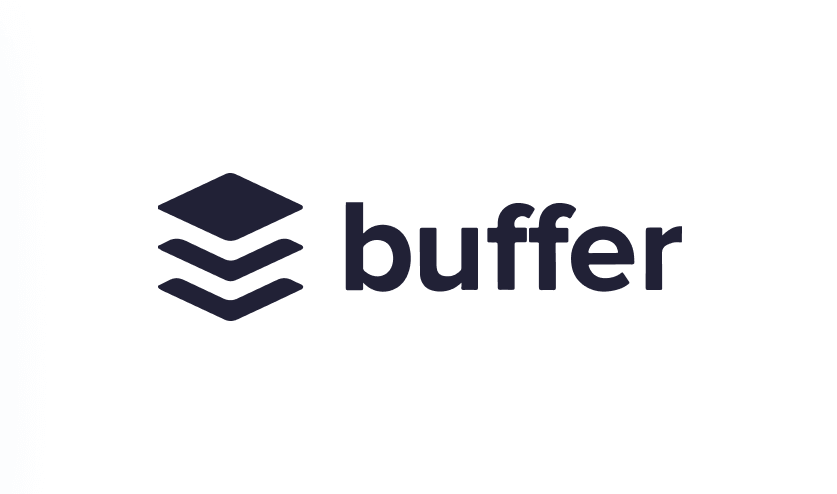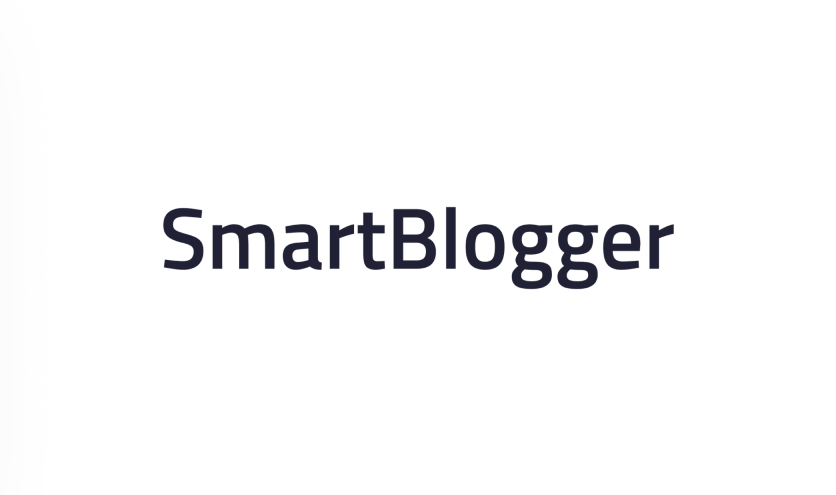Top Email Storytelling Examples to Boost Your Sales
Stop sending generic emails that get lost in the inbox clutter. Learn how to transform your email marketing with the power of storytelling. This listicle provides six compelling email storytelling examples to inspire your ecommerce strategy. We'll dissect what makes these campaigns successful, providing you with actionable takeaways to boost your own email performance. Discover how to craft emails that resonate, build connections, and drive conversions.
This isn't just about theory. We'll delve into the specifics of each email storytelling example:
Campaign visuals: See what these high-performing emails actually look like.
Performance insights: Understand the data behind the success.
Key takeaways: Extract actionable strategies you can implement immediately.
We'll analyze examples like: The Hero's Journey, Behind-the-Scenes origin stories, and Customer Transformation Case Studies, giving you a diverse range of storytelling approaches. Learn how to use email storytelling examples like these to captivate your audience and achieve tangible results. Ready to transform your emails from simple promotions into engaging narratives? Let's dive in.
1. The Hero's Journey Email Campaign
This email storytelling approach leverages the power of narrative, specifically Joseph Campbell's monomyth structure, also known as the Hero's Journey. It positions your subscribers as the heroes of their own stories, facing challenges and ultimately achieving triumph with the help of your brand's product or service. This method goes beyond simple product promotion; it creates an emotional connection by tapping into a universal narrative archetype. This resonates deeply with audiences, fostering brand loyalty and driving conversions. Why does this deserve a spot on the list? Because it transforms passive recipients into active participants in a compelling narrative, significantly increasing engagement and ultimately boosting sales.
How it Works: A Narrative Arc in Your Inbox
The Hero's Journey email campaign unfolds across multiple touchpoints, typically a series of emails. Each email represents a stage in the hero's journey, guiding the subscriber through a transformative experience. This method works because it mirrors the structure of classic stories, creating a sense of familiarity and anticipation. It also allows for a more gradual and persuasive approach to showcasing your product's value.
Examples in Action
Several brands have effectively implemented the Hero's Journey in their email marketing. Basecamp's onboarding series exemplifies this approach. It takes new users from the "ordinary world" of project management chaos to the "transformed world" of organized productivity, positioning Basecamp as the guiding mentor. MasterClass uses a similar tactic, casting students as heroes embarking on a learning journey with expert instructors as their mentors. Peloton excels at crafting fitness transformation narratives, inspiring users to conquer their fitness goals with their bikes and app. These diverse examples demonstrate the Hero's Journey's adaptability across various industries.
Actionable Tips for Implementation
Map the Journey: Before drafting the first email, outline the complete narrative arc. Visualize each stage of the journey and the corresponding email content.
Cliffhangers and Anticipation: End emails with compelling questions or teasers to maintain subscriber interest and encourage them to open the next installment.
Social Proof: Integrate customer testimonials and success stories as proof of transformation, demonstrating the positive outcomes achieved with your product.
Segmentation for Personalization: Tailor the hero's challenges and the promised transformation to specific subscriber segments for greater relevance and impact.
The following infographic visualizes a simplified three-step process for implementing the Hero's Journey in your email campaigns:
This infographic illustrates the core flow of a Hero's Journey email campaign, starting with the subscriber's "Ordinary World," progressing through "Trials & Mentorship," and culminating in "Transformation & CTA." The visual emphasizes the sequential nature of the campaign and how each stage builds upon the previous one, leading the subscriber toward the desired outcome.
When and Why to Use This Approach
The Hero's Journey email campaign is particularly effective for products or services that offer solutions to complex problems or facilitate personal growth and transformation. It is ideal for onboarding sequences, launching new products, or re-engaging dormant subscribers. This method adds depth and emotional resonance to your email marketing, differentiating your brand from competitors who rely on generic promotional messages. By embracing the power of storytelling, you can cultivate a loyal customer base that connects with your brand on a deeper level, leading to sustained growth and success.
2. Behind-the-Scenes Origin Story
This email storytelling approach centers on authenticity and connection. It shares the genuine founding story of your company, product development trials, or the founder's personal journey. These emails foster intimacy and trust by revealing vulnerabilities, struggles, and the human element behind the brand. This makes the company more relatable and trustworthy, resonating with audiences on a personal level. Why does this deserve a spot on the list? Because it humanizes your brand, moving beyond transactional interactions and building genuine relationships with your subscribers. This fosters long-term loyalty and advocacy.
How it Works: Humanizing Your Brand
The Behind-the-Scenes Origin Story unfolds by sharing relatable struggles and triumphs. It connects the brand's genesis to the customer's pain points, demonstrating empathy and understanding. This approach works because it taps into the emotional core of your audience, creating a shared experience that transcends mere product promotion. Learn more about Behind-the-Scenes Origin Story.
Examples in Action
Several brands have masterfully utilized the Origin Story in their email marketing. Warby Parker's narrative of founders frustrated with overpriced eyewear resonated with cost-conscious consumers. Buffer's radical transparency, sharing revenue, salaries, and company challenges, established trust and built a loyal community. Spanx founder Sara Blakely's compelling $5,000 startup story became a symbol of entrepreneurial grit and inspired countless aspiring business owners. These examples showcase the power of vulnerability and authenticity in building strong brand connections.
Actionable Tips for Implementation
Focus on Relatable Struggles: Highlight challenges that mirror your customer's pain points, creating a sense of shared experience.
Specific Details for Memorability: Include vivid details and anecdotes that make your story memorable and engaging.
Connect to Brand Values: Clearly link your origin story to your current brand values, demonstrating consistency and purpose.
Authentic Voice: Use a genuine and conversational tone, avoiding overly polished corporate speak.
When and Why to Use This Approach
The Behind-the-Scenes Origin Story is particularly effective for new brands seeking to establish credibility and connect with their target audience. It is ideal for welcome sequences, product launch announcements, or during periods of significant company milestones. This method adds a human touch to your email marketing, creating a sense of community and fostering deeper engagement. By sharing your story, you invite your subscribers to become a part of your journey, leading to stronger brand loyalty and increased customer lifetime value.
3. Customer Transformation Case Study
This email storytelling approach showcases real customer success stories using a narrative structure. It follows a customer from their initial problem, through their journey with the product, to their ultimate transformation. Unlike generic testimonials, this method focuses on both emotional and practical outcomes, making the case study more engaging and relatable. This deserves a spot on the list because it provides tangible proof of your product's value, building trust and inspiring potential customers.
How it Works: A Narrative of Transformation
The Customer Transformation Case Study email typically begins by introducing the customer and their initial challenge. It then details their experience using your product or service, highlighting the key benefits and how it helped them overcome obstacles. The narrative culminates in the customer's transformation, showcasing the positive impact your product has had on their life or business. This method works because it resonates with readers on a personal level, demonstrating the real-world value of your offering. Learn more about Customer Transformation Case Study examples.
Examples in Action
Several brands effectively leverage customer transformation stories in their email marketing. ConvertKit frequently features creator success stories, showcasing how their platform helped individuals grow their audience and increase their income. Weight Watchers uses member transformation journeys to inspire others on their weight loss goals, emphasizing the emotional and physical changes achieved through their program. HubSpot regularly shares customer growth case studies, demonstrating the impact of their marketing software on business success. These examples highlight the versatility of this approach across different industries.
Actionable Tips for Implementation
Focus on Specific, Measurable Outcomes: Quantify the customer's transformation with concrete data, such as increased revenue, improved health metrics, or time saved.
Include Obstacles Overcome: Showcasing the challenges faced during the journey adds authenticity and makes the story more compelling.
Use the Customer's Own Words and Voice: This adds credibility and strengthens the emotional connection with readers.
Address Common Objections: Incorporate story elements that address potential customer concerns or hesitations.
When and Why to Use This Approach
The Customer Transformation Case Study is particularly effective for products or services that offer significant improvements in a customer's life or business. It is ideal for nurturing leads, building brand trust, and driving conversions. This method goes beyond simple product promotion; it tells a compelling story of change, making your brand more relatable and inspiring action. By showcasing the tangible benefits of your product through authentic customer stories, you can significantly enhance your email marketing's effectiveness.
4. The Cliffhanger Series
This technique builds suspense across multiple emails by introducing a compelling scenario, problem, or opportunity in the first email, then withholding the resolution until subsequent emails. Each email ends with a hook that compels recipients to await the next installment, dramatically increasing open rates and engagement. This approach transforms a typical promotional email sequence into a captivating narrative, holding the reader's attention and fostering a sense of anticipation. Why does this deserve a spot on the list? Because it leverages a fundamental principle of storytelling - suspense - to drive engagement and ultimately, conversions.
How it Works: Building Anticipation in Your Inbox
The Cliffhanger Series operates on the principle of delayed gratification. It presents a compelling narrative, but strategically withholds key information, creating a knowledge gap that the reader is eager to fill. This works because it taps into our natural curiosity, making us anticipate the next piece of the puzzle. By strategically structuring the release of information, you can maintain subscriber interest and ensure high open rates throughout the series.
Examples in Action
Several marketers have successfully implemented the Cliffhanger Series. Ryan Deiss of Digital Marketer is known for his multi-part marketing strategy reveals, often teasing a new tactic or tool across several emails before the final reveal. Ramit Sethi of I Will Teach You To Be Rich uses cliffhangers to share compelling career advancement stories, hooking readers with the initial struggle and then revealing the solution in later emails. AppSumo, known for its software deals, employs behind-the-scenes deal negotiation stories as cliffhanger series, creating a sense of exclusivity and urgency. These diverse examples highlight the versatility of this approach.
Actionable Tips for Implementation
Plan the Entire Series: Before sending the first email, outline the entire narrative arc. This ensures a cohesive and engaging experience for the subscriber.
Value in Every Email: Each email must provide standalone value while building suspense. Don't just tease; offer valuable insights or information in each installment.
Deadlines and Urgency: Incorporate specific deadlines, particularly when promoting a limited-time offer, to create a sense of urgency and encourage timely action.
Test Different Styles: Experiment with different cliffhanger styles to see what resonates best with your audience. This might include questions, teasers, or partial reveals.
When and Why to Use This Approach
The Cliffhanger Series is particularly effective for product launches, special promotions, or content reveals. It's ideal for situations where you have a compelling story to tell or valuable information to share. This technique is especially powerful for re-engaging subscribers who may have become less responsive to traditional promotional emails. By adding an element of suspense and anticipation, you can revitalize their interest and drive them towards the desired action. This method differentiates your email marketing, making your messages more memorable and engaging, leading to increased opens, clicks, and ultimately, conversions.
5. The Mistake/Failure Confession
This email storytelling approach leverages the power of vulnerability. It involves sharing a significant business mistake, personal failure, or costly error, then revealing the lessons learned and how it led to better outcomes. This method resonates deeply with audiences because it humanizes the brand. It demonstrates that even successful businesses face challenges, fostering trust and connection with subscribers. Why does this deserve a spot on the list? Because authenticity builds strong relationships, and sharing your struggles can create a powerful bond with your audience, ultimately boosting engagement and conversions.
How it Works: Turning Setbacks into Stepping Stones
The Mistake/Failure Confession email campaign works by transforming perceived weaknesses into strengths. By openly acknowledging past missteps, you demonstrate humility and a willingness to learn. This resonates with subscribers who often appreciate honesty and transparency more than polished perfection. The narrative arc typically involves detailing the mistake, outlining the consequences, and then highlighting the valuable lessons learned and the positive changes implemented as a result. Learn more about The Mistake/Failure Confession
Examples in Action
Buffer, known for its social media management tools, has effectively used this technique by openly discussing failed product features and strategic pivots. This transparency has built trust with their user base, solidifying their reputation as a company willing to iterate and improve. Entrepreneurs like James Altucher and Gary Vaynerchuk frequently incorporate stories of their past business failures into their email marketing and content, connecting with their audiences on a personal level and demonstrating resilience and growth. These examples showcase how vulnerability can translate into stronger brand loyalty.
Actionable Tips for Implementation
Choose Relevant Mistakes: Select mistakes that offer valuable lessons for your target audience and relate to your brand's current strengths.
Focus on Growth: Emphasize the positive changes implemented as a result of the mistake, showcasing your ability to learn and adapt.
Connect to Customer Benefit: Explain how the lessons learned now help you serve your customers better, demonstrating tangible value.
Maintain Professionalism: Balance vulnerability with credibility; while sharing personal experiences, maintain a professional tone and focus on the relevant takeaways.
When and Why to Use This Approach
The Mistake/Failure Confession is particularly effective for building trust with new subscribers, re-engaging dormant audiences, or launching a new product or service. It can also be used during times of crisis or controversy to demonstrate accountability and transparency. This method is particularly powerful for personal brands and businesses that prioritize building strong relationships with their customers. By sharing your journey, both the triumphs and the setbacks, you create a more authentic and relatable brand experience, fostering deeper connections and driving long-term customer loyalty.
6. The Day-in-the-Life Narrative
This email storytelling approach invites subscribers into the daily routines of key figures relevant to your brand. This could be the founder, a satisfied customer, or even a team member. By showcasing how your product or service seamlessly integrates into real-life scenarios, the day-in-the-life narrative reveals practical applications, builds relatability, and demonstrates authentic product use. This method earns its place on this list because it humanizes your brand and fosters a stronger connection with your audience, increasing engagement and driving conversions.
How it Works: A Glimpse Behind the Curtain
The day-in-the-life email campaign offers a peek into someone's daily routine, highlighting how your product plays a role. It focuses on specific moments, challenges, and successes throughout the day, demonstrating the product's value in a natural and relatable context. This approach works because it avoids overt sales pitches, opting instead for a more subtle and engaging narrative that resonates with readers.
Examples in Action
Several brands have successfully utilized the day-in-the-life narrative. Morning Brew's founder, Alex Lieberman, often shares emails detailing his daily routine, including how he consumes information and manages his busy schedule. Bulletproof's founder, Dave Asprey, frequently shares his biohacking day, showcasing how he uses Bulletproof products to optimize his health and performance. Notion provides walkthroughs of how their team uses the platform for productivity, demonstrating various features in a realistic work setting. These examples demonstrate the versatility of this approach across diverse niches.
Actionable Tips for Implementation
Choose Interesting Days: Select days with unique challenges, events, or accomplishments to keep the narrative compelling.
Details Matter: Include specific tools, times, and decision-making processes to add authenticity and depth to the story.
Show the Good and the Bad: Don't shy away from portraying both successes and struggles. This adds realism and relatability.
Focus on Relatable Moments: Highlight experiences that resonate with your target audience's daily lives.
When and Why to Use This Approach
The day-in-the-life narrative is particularly effective for products or services integrated into daily routines. It's ideal for showcasing product versatility, building brand personality, and nurturing customer relationships. This method provides a refreshing alternative to traditional promotional emails, fostering genuine connection and driving long-term engagement. By offering a glimpse behind the scenes, you can humanize your brand and cultivate a loyal audience that values authenticity and relatability. This, in turn, leads to increased trust and ultimately boosts sales.
Email Storytelling Techniques Comparison
Crafting Your Own Ecommerce Email Story: Key Takeaways
This exploration of email storytelling examples has revealed the power of narrative in connecting with your audience on a deeper level. From the hero's journey to behind-the-scenes glimpses and customer success stories, each approach offers a unique way to weave compelling narratives that resonate and drive conversions. Remember, the most effective email storytelling examples focus not just on what happened, but why it matters to your customer.
The Power of "Why"
Analyzing these email storytelling examples highlights a crucial point: understanding the "why" behind a campaign's success is paramount. By dissecting the mechanics of each example the hero's journey, the origin story, the customer transformation, the cliffhanger series, the failure confession, and the day-in-the-life narrative we've uncovered the strategic thinking that fuels impactful email marketing. These are not just stories; they are strategically crafted narratives designed to engage, persuade, and ultimately, convert.
Actionable Insights for Your Email Strategy
Authenticity is Key: Consumers are savvy. They can spot generic marketing a mile away. Focus on genuine stories that reflect your brand values and resonate with your target audience.
Emotional Connection: Tap into emotions. Whether it's joy, excitement, or even vulnerability, stories that evoke feelings create lasting connections.
Show, Don't Just Tell: Use vivid language and compelling visuals to bring your stories to life. Let your audience experience the narrative, not just read about it.
Strategic Segmentation: Tailor your stories to specific customer segments for maximum impact. A story that resonates with one group might not land with another.
Data-Driven Optimization: Track your results and analyze the data. What's working? What's not? Use these insights to refine your storytelling approach.
Beyond Opens and Clicks: Building Lasting Relationships
Mastering email storytelling isn't just about boosting open rates and click-through rates. It's about forging genuine connections with your audience. It's about building a community around your brand. By weaving compelling narratives into your email marketing strategy, you're not just selling products; you're building relationships that last. You're creating brand loyalty that transcends individual transactions. You're transforming casual subscribers into passionate advocates. In the competitive landscape of ecommerce, the ability to connect with your audience on an emotional level is your ultimate competitive advantage. By using these email storytelling examples as a springboard, you can craft narratives that resonate, convert, and ultimately, build a thriving business.
Want to elevate your email marketing game with proven strategies and expert insights?
Chase Dimond offers cutting-edge email marketing services and training that can transform your approach to email storytelling.
Learn how to craft compelling email narratives that drive conversions and build lasting relationships with your audience by visiting Chase Dimond.
